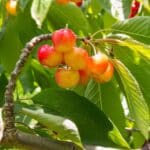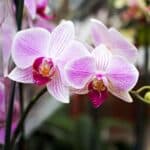Planting blueberries in your garden or as a commercial grower can be very rewarding once you learn the ropes.
The growth timeline for planting blueberries from seed is usually two years. It can take longer under very unfavorable soil conditions, but there's a technique to quicken the entire process.
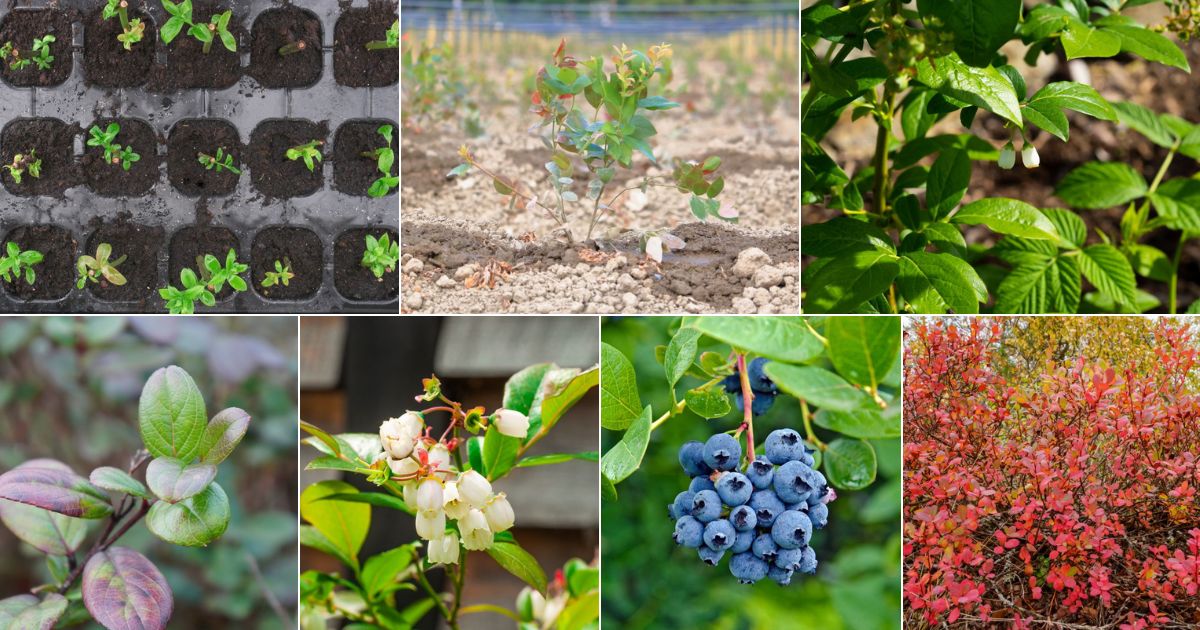
The reason why you will see most commercial growers of the plant and some knowledgeable gardeners purchase established plants from well-known suppliers is to reduce the planting process.
Now that you are also privy to this valuable tip, expand your knowledge base with the different blueberry growth phases.
Jump to:
Blueberry Growth Stages
1. Seed Planting Stage
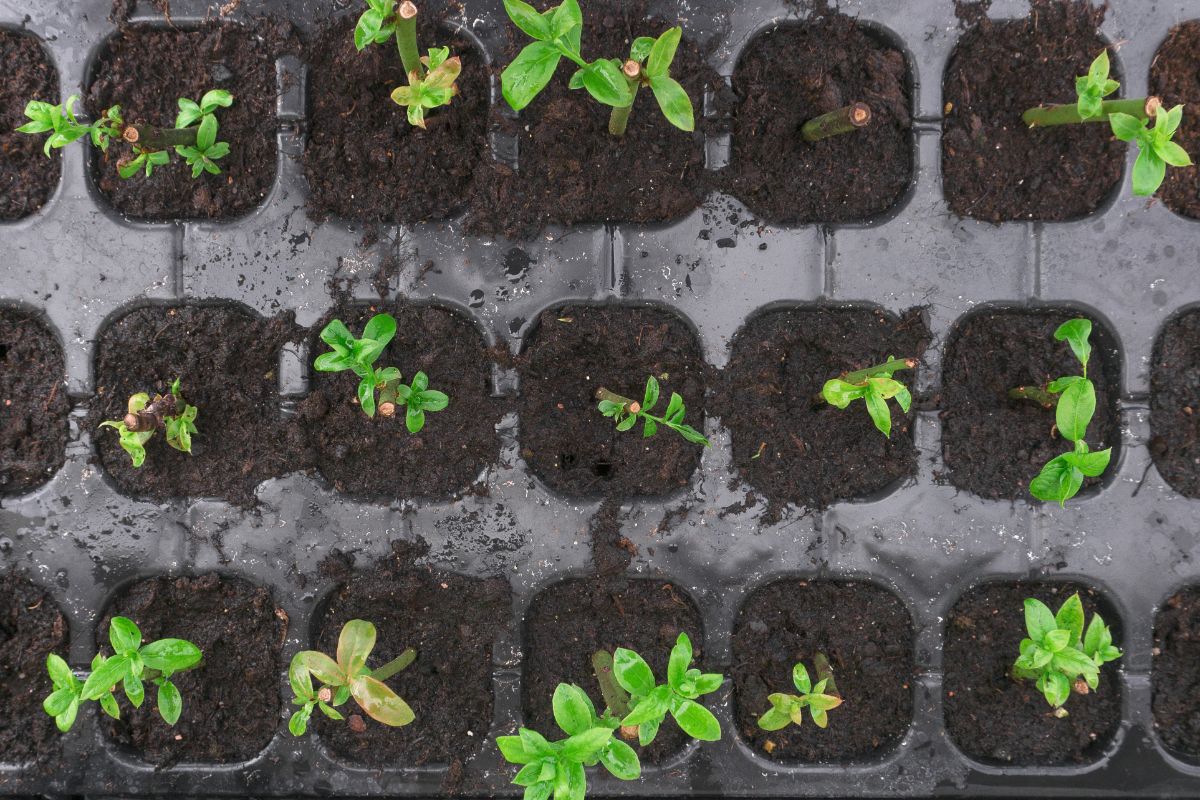
Blueberry seeds can be retrieved from inside the blueberries themselves. Before planting, stratification of the sources is usually advised. Have the roots been exposed to freezing temperatures for three months before planting?
As soon as the seeds are planted, germination kicks off roughly one month later, with the sight of emerging seedlings.
Blueberry seeds would naturally germinate once the temperature gets to 60 - 70°F. For those being planted indoors, they should be well established and have grown up to about 6 inches tall before being transplanted outside.
It would help if you also were sure that there are no more dangers of frost before taking this step.
2. First Sign of Growth
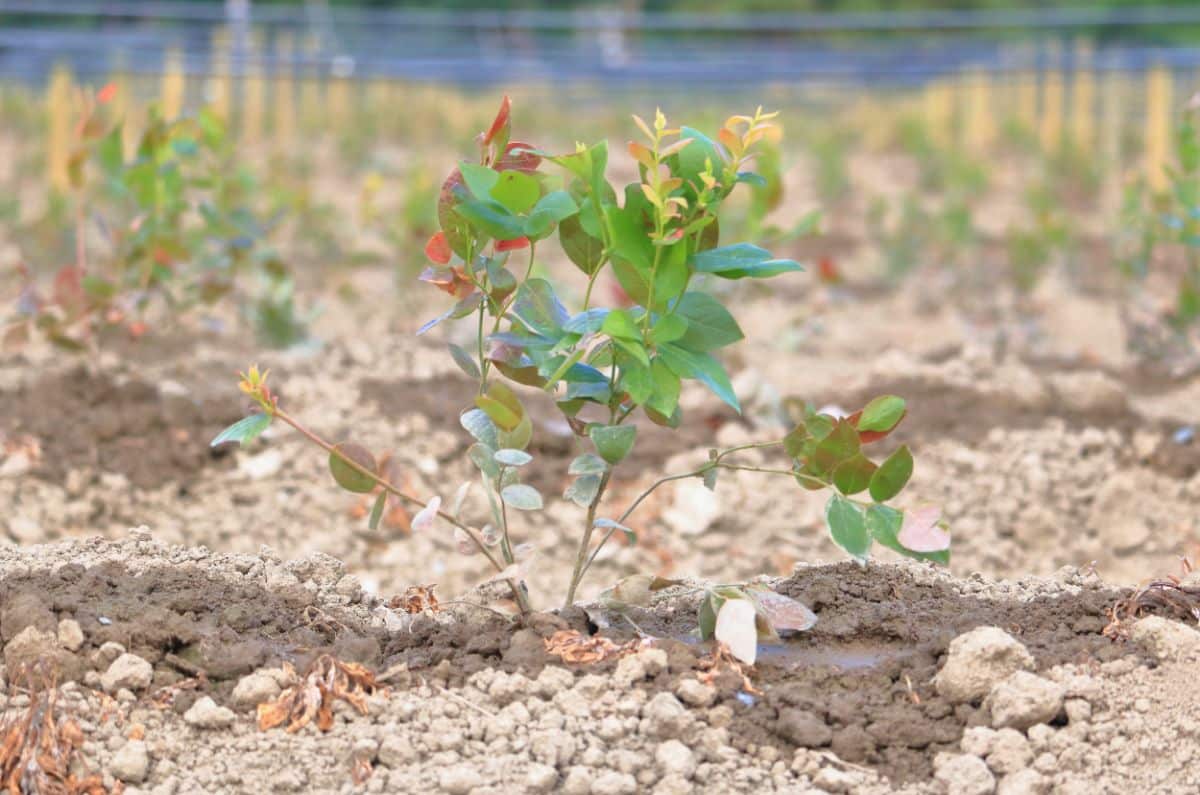
In the first year, you will find blueberry bush roots growing close to the surface. Treat this as seriously as you can because young bushes can easily be choked out within this first year of growth.
What do you need to do?
Focus squarely on weed control as it will enable the roots to develop better.
Fruits are not likely to be experienced this year. However, the bushes shall record massive growth up to about 70% of their eventual mature size this year.
Few buds are likely to develop, but it's best you do away with them to keep the bush focused on developing solid branches and good roots.
3. Flower Buds Development Stage
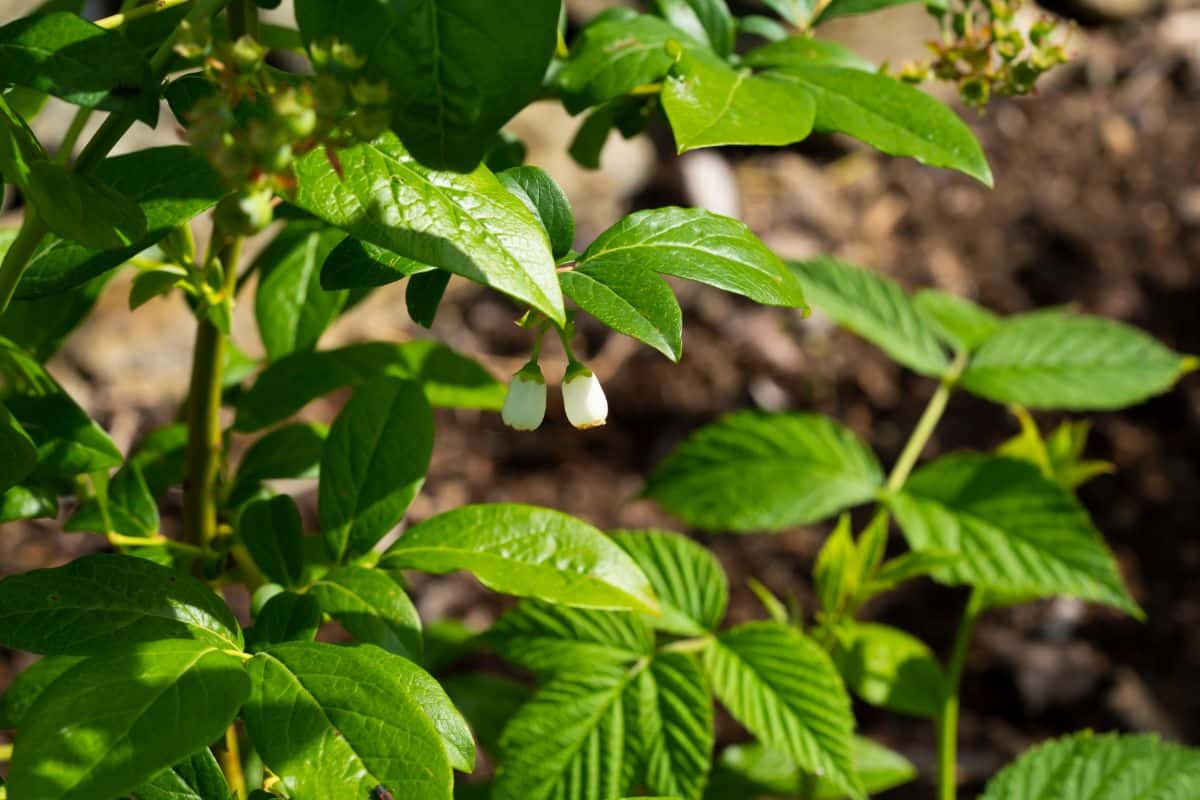
This is where the journey all begins. You will find the presence of a closely tight bud which will eventually swell and get bigger as time goes on.
The flower tips become visible and stand out as the bud increases in size.
Can you tell the milestone achieved here?
It's seen in how one tiny and delicate bud transforms into many smaller flowers better equipped to withstand temperatures of 6°C to 4°C during the last stage.
Flower buds will develop from late May all through to early June, just immediately after last year's growth leaf out.
4. Leaf Bud Development Stage
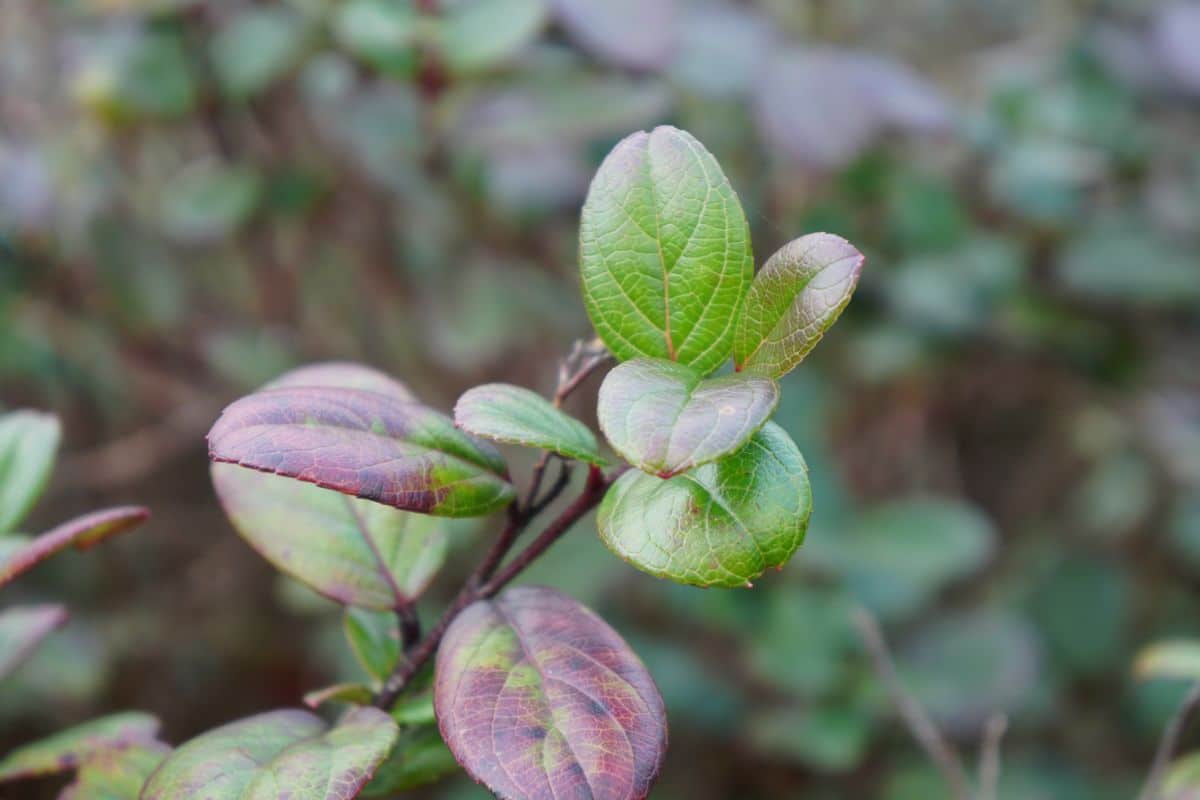
It is usual for the leaves to start finding their way to the different branches when the flower buds grow.
Up there on the branches, the rolled-up leaves become easily distinguishable and are seen as little buds. The leaves slowly unfold from their small cluster, making them even more visible.
Then, there comes the spectacular reveal; the shoots get bigger with very enlarged leaves, looking beautifully green as ever.
Pollination would, however, take place before the petals fall and berries take over to grow in their stead. Sufficient watering is of the essence in this period of berry production.
5. Flower Development Stage
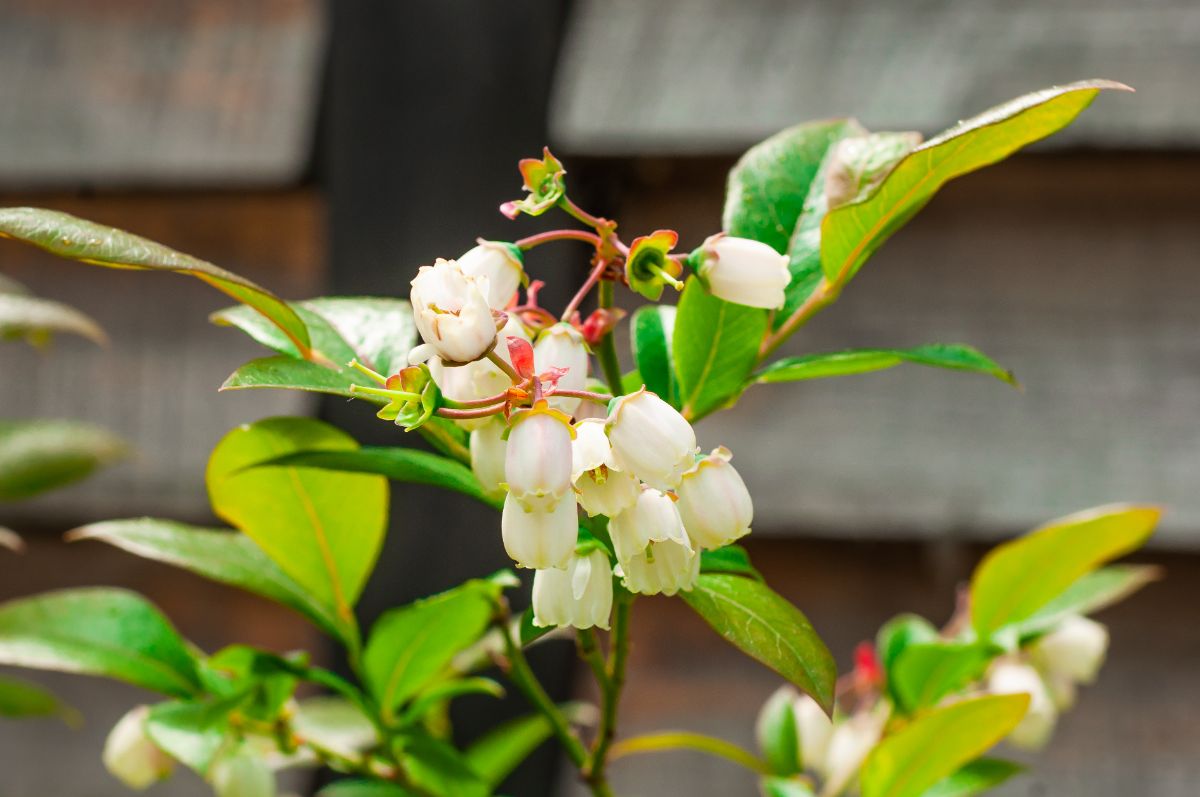
At the beginning of this stage, you see subtle pink colors. Later, the clusters transform into visible specters of small and closed tubes.
In a short while, they develop into individual flowers of their own, separated with sweet white colors. The more they grow, the more some of the flowers open up. The rest is yet to open up, as all the flower tubes reveal soft white clusters.
At this point, the flowers begin to fall off, showcasing in the process the highly anticipated small green fruits.
A tip to note at this stage is to protect your plant from frost damage likely to occur at 0°C.
6. Full Development And Post-Harvest Stage

This stage comes with a lot of excitement and a feeling of fulfillment.
Why, may you ask? Because the berries are seen to have expanded in varying sizes! They gradually change colors; from green to pink and then blue.
Guess what?
What you are seeing at this stage is your first crop of ripe berries, eagerly waiting to be harvested.
It is impossible to pick up berries all at once as just a few ripen at a go. The second batch of ripe blueberries is often way more significant than the first and occurs about two weeks after the first set. Then, there's the late developer’s batch before harvest can be said to be completed.
Once harvest is over, you can have the reserves stored back into the plants and buds set in preparation for next year's growth.
7. Fall Colour Stage

All good things must end; we know that, right?
Your carefully grown plant has, in turn, served you graciously with its berries and now needs some time to recuperate after the picking harvest.
This stage marks the end of the growing season. A time when you will see the plant leaves change color and fall off subsequently. Its nutrients are then redirected back into the shoots in preparation for spring growth.
Bonus Tip: The wise thing to do if you want to try out this planting venture again would be to harvest some berries for the sole purpose of their seeds.
You must, however, never forget to have them frozen for close to 90 days or thereabout. After this is done, seeds can now be extracted for future planting.
The reason for doing this is simply because blueberries would end up on the ground and be forced to repeat the process by themselves if left on the branches.
Blueberry bushes would naturally go dormant once winter comes. They wrap up their life cycle once they get a whiff of the cold months.
During this time, they can thrive in shallow temperatures. When the weather begins to warm up again, the roots get resuscitated and start working on providing sugar for future growth.
Frequently Asked Questions
How Long Can Blackberry Bushes Live For?
BlackBerry bushes can live for approximately 30 - 50 years. The duration they take to attain maturity and produce fruits differs, with some taking as little as two years and others several years more.
How Often Should Blackberry Bushes Be Watered?
The plants would need 1 - 2 inches of religious watering per week in their first two years of growth. Subsequently, it will go fine if it can get as little as an inch of rainfall every ten days during summer. This way, you can keep off from watering them yourself.
An intensive soaking should come in handy whenever your new plant gets dry.
Conclusion
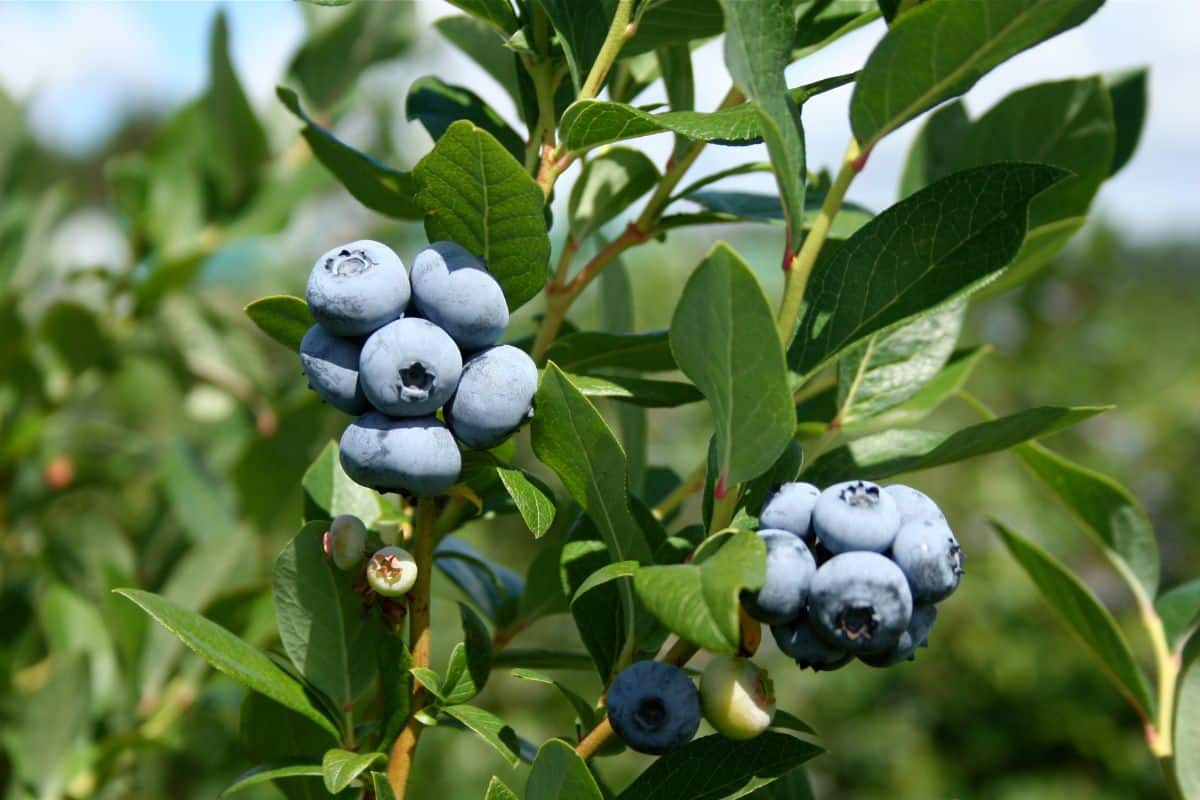
How does the thought of tasting the fresh, succulent flavor of berries within arm’s reach sound?
Interesting right?
Well, that's what you get with your garden of blueberries.
Blueberries are prevalent fruits that can be easily homegrown, particularly in locations with acidic or moist soil.
The production of blueberry bushes is very versatile. The berries can serve cooking, freezing, fresh, or commercial purposes.
One additional benefit of blueberry plants is that their life cycle stays intact, capable of being influenced but staying unchanged even by environmental impact.

